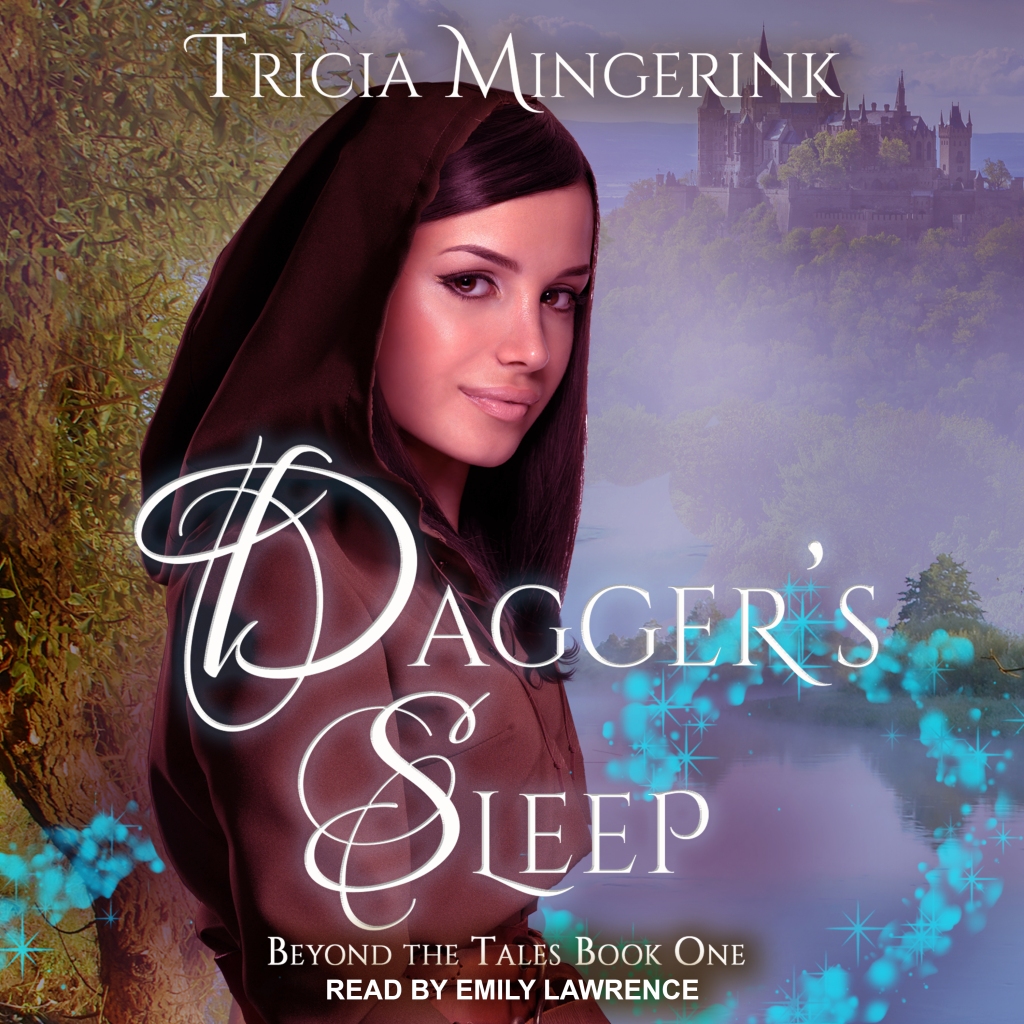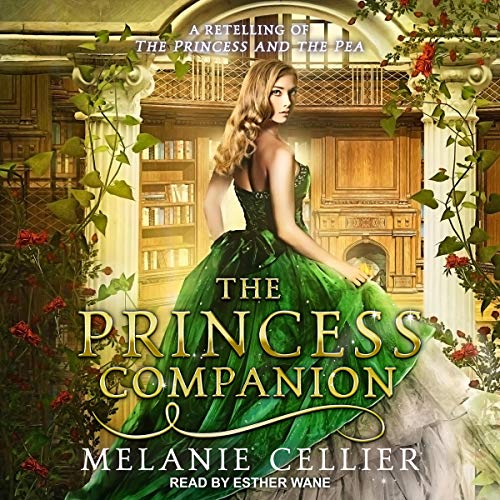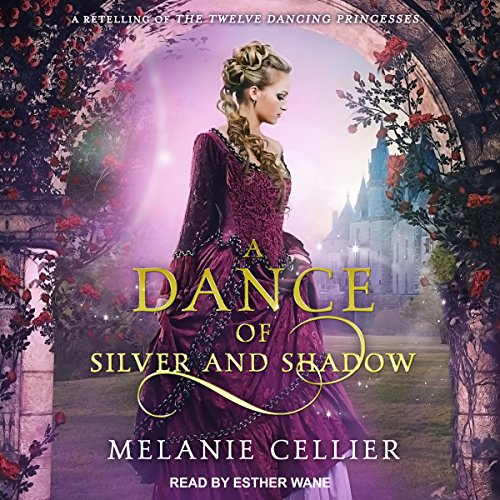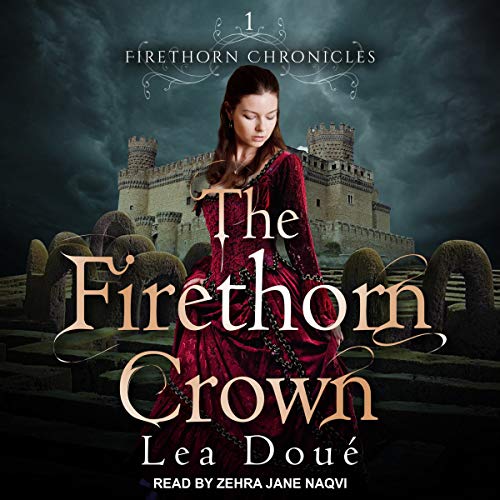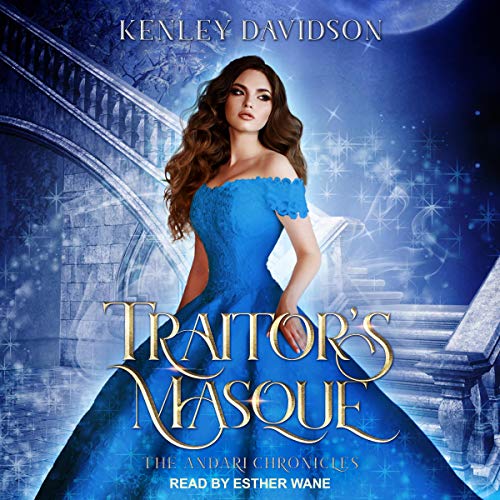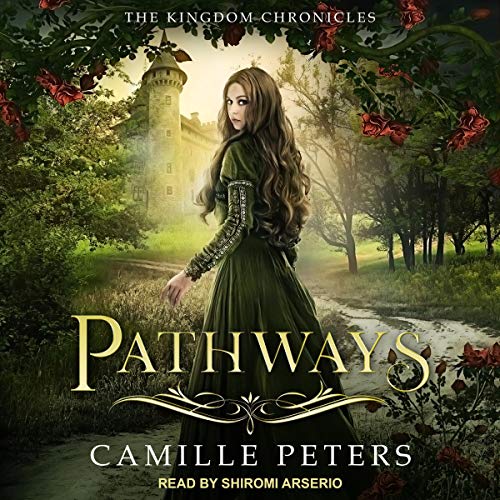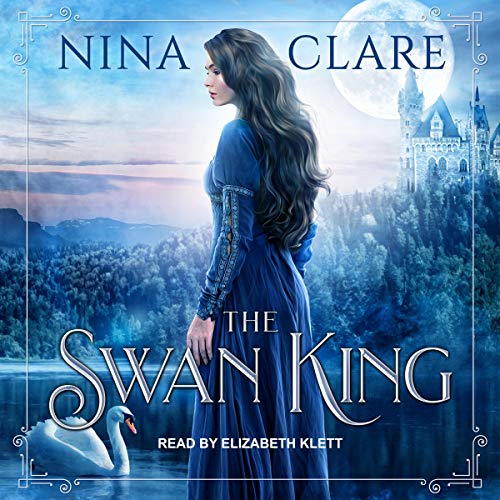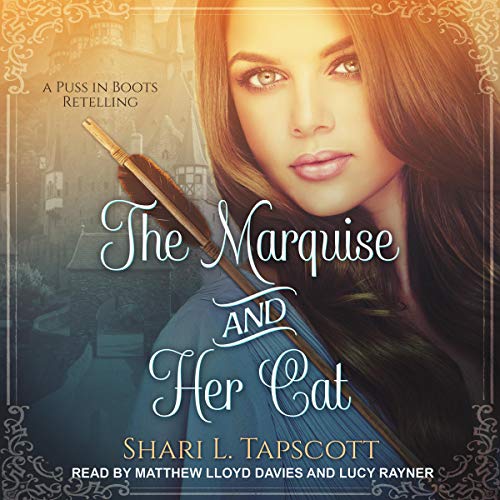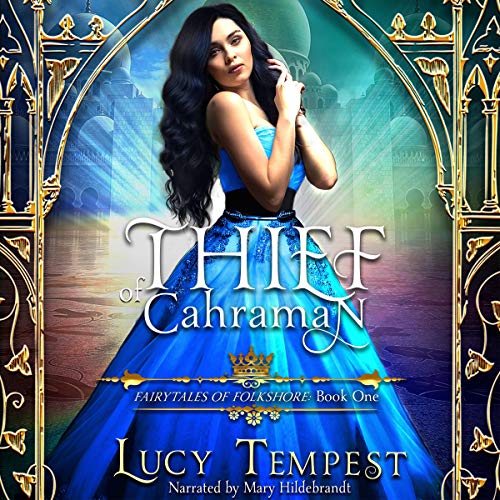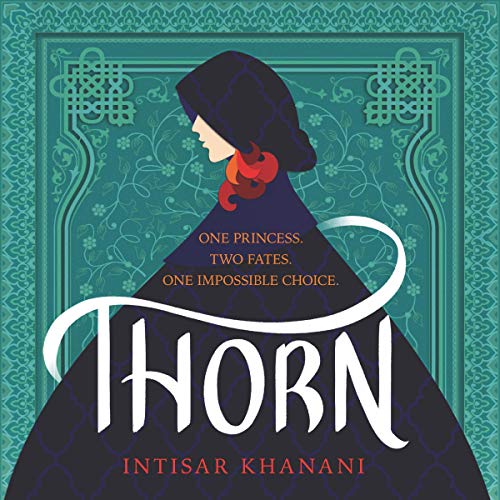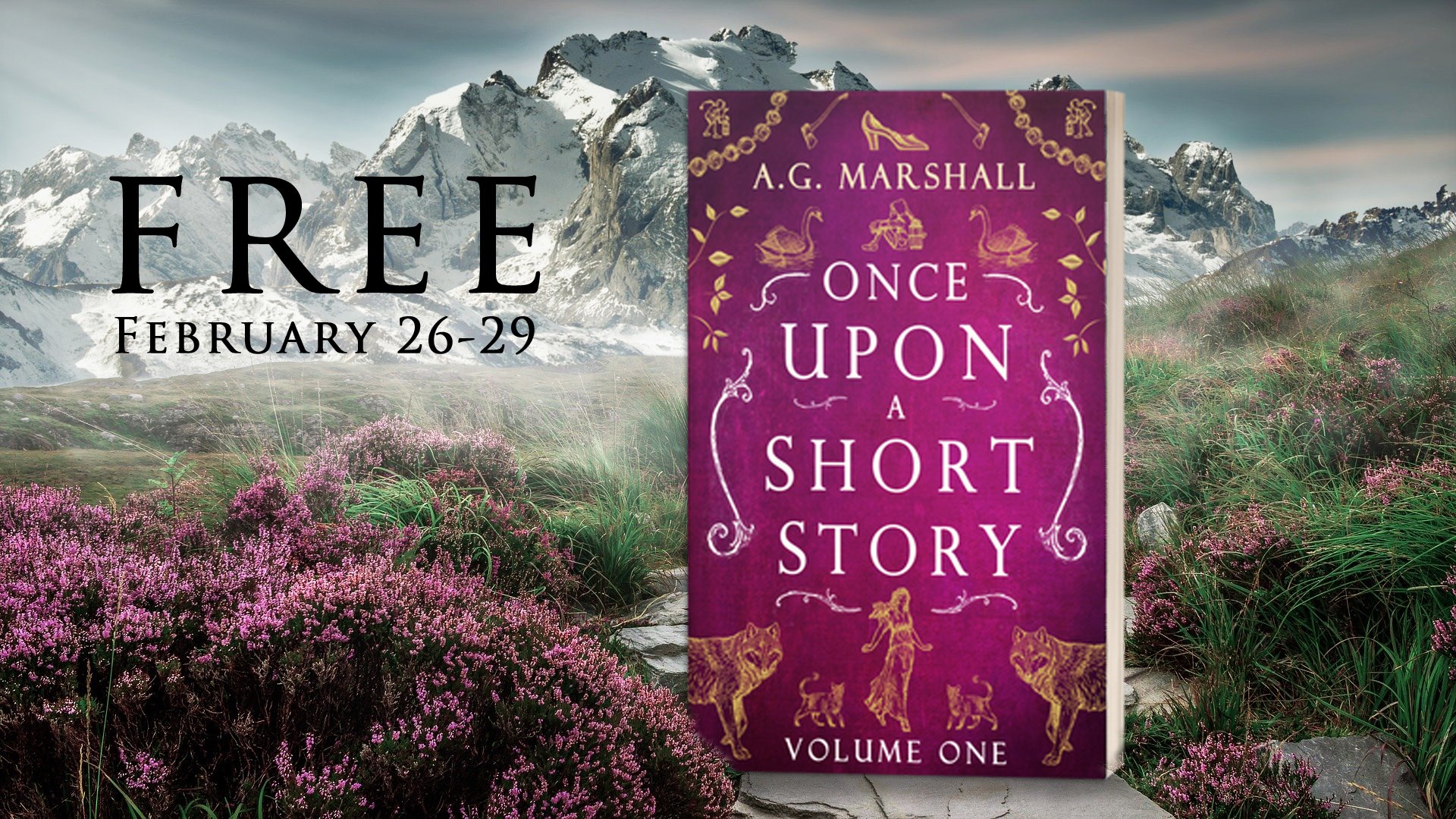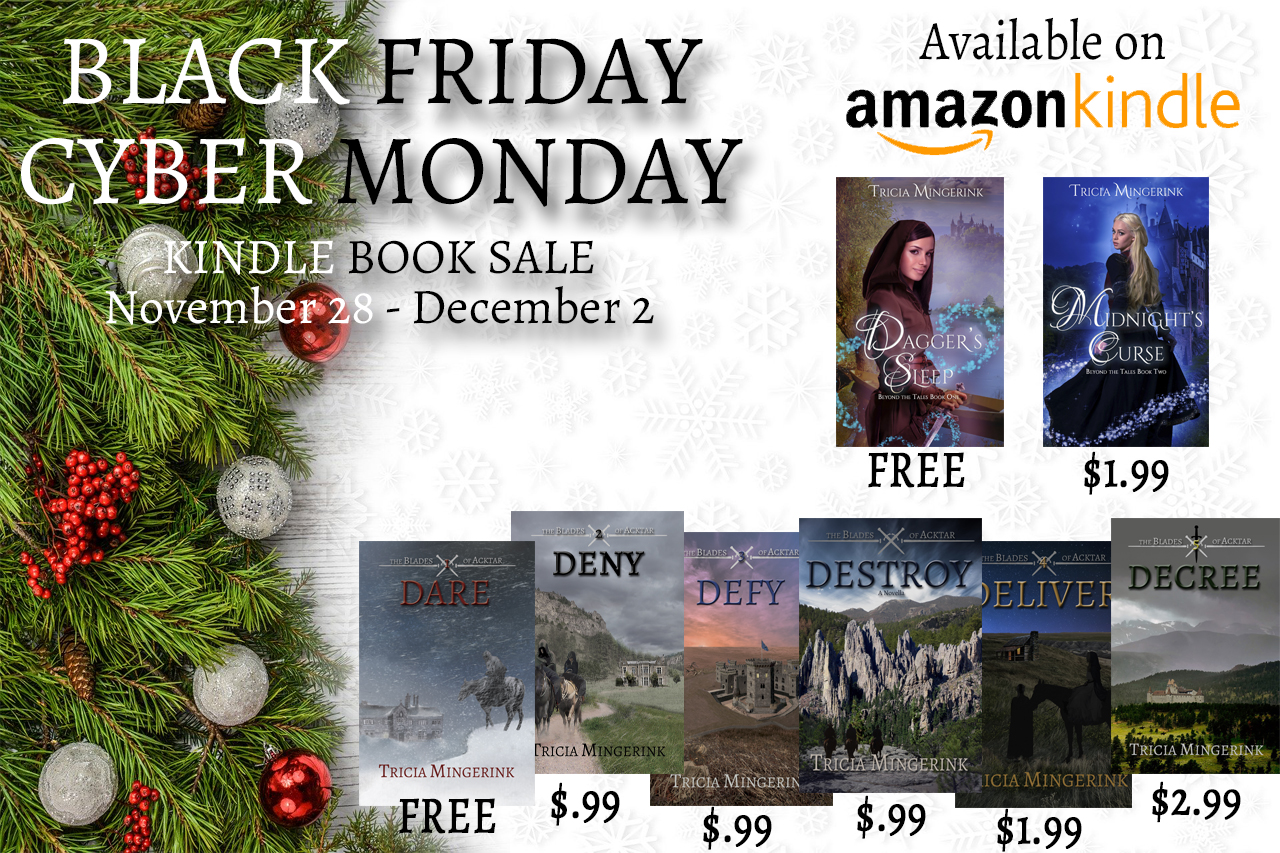
To start off the discussions for this read-along, I’d like to talk about allegories and stories with allegorical elements. They are a staple of Christian fantasy, and there are a lot of opinions out there on them.
What is an allegory?
Merriam-Webster’s online dictionary defines allegory as “the expression by means of symbolic fictional figures and actions of truths or generalizations about human existence” or as “a symbolic representation.” A synonym for allegory would be parable or fable, which would be stories with a moral or theme.
In Christian fantasy when we talk about allegory, we usually mean a story that is a symbolic representation of Christianity. Or, as the parables in the Bible are usually defined, “an earthly story with a Heavenly meaning.”
The first allegory most of us think of would be Pilgrim’s Progress by John Bunyan. This is probably one of the clearest examples of an allegory because the entire book is one big allegory with very few to no elements that are simply story elements not part of the allegory.
Often, Christian storytellers won’t tell a straight allegory, but will opt for writing a story that has some allegorical elements. This means that much of the story is there for the story while some parts of it have a deeper meaning. Another way of thinking about it is that there is the book level story going on, then there is the allegorical story going on buried beneath.
This can be done in varying degrees. Some stories will have a lot of allegorical elements. Others will have less or be very subtle with the allegorical elements.
Series like The Chronicles of Narnia by C.S. Lewis and The Blood of Kings by Jill Williamson have a great many allegorical elements while the Tales of Goldstone Wood by Anne Elisabeth Stengl is a lot more subtle and twisty with the allegorical parts. Or there are books like Out of Darkness Rising by Gillian Bronte Adams has so few pieces of the story that are just story elements that it could be considered a full allegory. Allegorical stories might even look like The Ilyon Chronicles by Jaye L. Knight that is a non-magical fantasy that sticks very close to the Christianity of the real world with fantasy names.
Stories with allegorical elements could also be called suppositions. They are basically a giant “what if” question. This is how C.S. Lewis wrote The Chronicles of Narnia. He staunchly resisted the idea that they were allegories and instead called them suppositions. They are his answers to the question, “What if God created a world called Narnia with talking beasts and moving, talking trees? How would Jesus Christ be revealed in this world?”
Thus, stories with allegorical elements hinge on the fact that God is an unchanging God. Even if the how changes so that the setting is now a fantasy world with talking animals or singing trees, God as He is revealed in the Bible does not change.
But, should a Christian write an allegorical story? God, in His good pleasure, made this world the way it is for a reason. Should we even dabble in speculating on how God would be presented in a different world?
It’s a weighty question. A question that should be asked. But, I think, it is a question that should be asked of any Christian fiction, not just speculative fiction. Because any Christian fiction, whether it is historical fiction or Biblical fiction or romance or contemporary, steps into interesting territory. Is the writer playing God by deciding who is saved in the book and who isn’t? What about having God answer prayers in the book? Deciding which prayers are answered? It’s enough to make a Christian terrified of writing any Christian fiction ever.
But stories are important. A large chunk of the Bible is told in stories. True stories, yes. But the fact that stories were included shows that stories are an effective way God communicates with us. He could have inspired the Bible to be written as an exposition of doctrines. Yet, much of the Bible is in story format, and even many of the exposition parts of the Bible are grounded with stories. While exposition connects with the head, stories connect with the heart. That’s the power of stories.
There are fictional stories in the Bible. Nathan the prophet tells David a fictional story about sheep to open David’s eyes about his sin. Jesus spoke in many, many parables, and all of those are fiction.
When writing any Christian fiction, whether historical fiction or speculative fiction, many Christian authors will tell you that they write through prayer. They pray as they write that the words are God’s will. That the words give glory to God, whether that is by having a prayer answered or unanswered in the story world or showing a character’s redemption or ultimate destruction or even by showing horror of sin or the gruesomeness of war. That’s how Christians write stories that are God glorifying. Through an abundance of prayer.
But what about allegories? Should those be attempted? Aren’t those perhaps a little out of the bounds of this world?
As mentioned above, parable is actually listed as a synonym for allegory. It could be said that Jesus spoke in allegories when He told parables.
In a rather interesting parable, Jesus told the story of Lazarus and the rich man where the rich man in Hell can talk to Lazarus in Heaven (Luke 16:19-31). There are many differing doctrines on Hell and Heaven in Christianity, but most would agree that there probably isn’t communication between those in Heaven and those in Hell. So not only did Jesus tell a fictional story, it is a fictional story with elements that don’t happen according to how God is pleased to order this world.
Not only that, but our God is a fantastical God not confined by the laws of nature He is pleased to work through and control in the world we see around us. The Bible is filled with miracles and wonders the likes of which we don’t see around us today. But just because we don’t see things like a world-wide Flood or people being raised from the dead or wooden staffs turning into snakes or the sun standing still in the sky doesn’t mean they didn’t happen or that God is no longer powerful enough to do wonders like that anymore. He is still a powerful God. A fantastical God who can perform wonders beyond our imagination. Historical fiction can’t capture that in the way that fantasy can.
Besides, the concept of symbolic representation shouldn’t be that foreign to Christians. That is, after all, what most of the Old Testament is. The sacrifices were symbolic representations of Christ. David was a type of Christ. The Old Testament is filled with “types and shadows” that pointed to redemption in Jesus Christ. In other words, while the Old Testament is true stories that really happened, God is so in control of history that all those true stories are also God’s allegories to be examples for us (I Cor. 10:11).
This, then, is what Christian authors are mimicking when writing allegories and stories with allegorical elements. We are using a story-telling and truth-telling pattern God has already established in the Bible. These stories function much like the Old Testament in that they use pictures, types, and symbols to point to God.
But how does this work when using a Christ-figure or God-figure in a story? For example, like Aslan in Narnia? Should this be done? Would that be making an image of God or Christ?
In allegorical stories, there are a number of different ways to use a Christ-figure or God-figure. In The Chronicles of Narnia, the whole Trinity is portrayed with the Emperor across the Sea (God), Aslan (Christ), and Aslan’s breath (the Holy Spirit). Often, allegorical stories will concentrate on just a Christ-figure, like the Thorn King in Waking Beauty by Sarah Morin or the Word in the Follower of the Word series. Sometimes, the stories will feature a human character who is Christ-like and points to an aspect of Christ, like Aragorn from The Lord of the Rings.
The Bible itself uses figures to point to God and Christ. David was a Christ-figure. Moses was a Christ-figure. Many of the characters in the Old Testament pointed to an aspect of Christ in some shape or form. And these were sinful people that were used to point to Christ.
In His parables, Jesus uses figures to point to Himself. There is the parable of the shepherd looking for his lost sheep. There is the woman looking for her lost coin where the woman in the story points to Christ. There is even a parable of the woman pleading before the unjust judge that tells us to be constant in prayer where the figure being used to point to God is an evil judge (Luke 18:1-8). Not a figure many of us would immediately think to use to point to our just and compassionate God, though this story demonstrates how even Jesus in His parables had story elements that were there just for the story and were not necessarily to be taken as part of the allegory.
Even when the Christ-figure or God-figure is very divine-like, such as Aslan, they are in the end a symbolic figure. They won’t capture the whole of God as He has revealed Himself to us (they can’t. They are, after all, just pictures and types). And thus, they are not an image to be worshiped. They point to God or Jesus or the Holy Spirit, but they are not an image of them. When praying, we don’t pray using the name of Aslan or any other Christ-figure from a book. We pray using the name of Jesus Christ.
The exception might be a story like The Ilyon Chronicles that is more Christianity manifested directly in a non-magical fantasy type world (though not strictly kingdom adventure due to the fantasy names for God and the existence of dragons). This series acts more like The Blades of Acktar where God is God rather than a story with allegorical elements.
So, yes. I firmly believe Christian can write and read Christian fantasy stories and allegories. The Bible is filled with stories of all genres, everything from true accounts to fiction to, yes, even speculative fiction and stories containing “fantasy” elements that display God’s power over the Creation.
Allegories many not be for every Christian reader. In my Christian liberty, I have been uplifted by and have no problem reading and writing Christian fantasy. In your Christian liberty, you may feel convicted not to. Personally, I don’t read Biblical fiction because, to me, messing with Bible stories no matter how well-researched doesn’t sit well with me, and I would rather read a fantasy story I know is purely fiction pointing toward truth. Yet, to you, Biblical fiction might be perfectly all right. Thanks to our liberty in Christ, both are correct stances to take.
But I do believe it never hurts to take a step back and evaluate our convictions as to how we exercise our Christian liberty so that we know why we make the choices we do. We may find that as we mature some of our convictions on how we exercise our Christian liberty may change and grow as well.
Writing an Allegorical Story
While many Christian authors would probably agree with my definition and defense of allegories and allegorical stories above (though perhaps with a few quibbles here and there), there are many different ways Christian authors apply it based on their own convictions. After all, even J.R.R. Tolkien and C.S. Lewis had spirited debates about this topic.
When I set out to write Dagger’s Sleep, I quickly learned that writing an allegorical story is downright terrifying. When writing The Blades of Acktar, I was mostly writing ordinary Christian fiction, just set in a place that doesn’t line up with any country, place, time, culture, or era in our real world. In Christian fantasy circles, this genre is often called kingdom adventure because it is an action-adventure that doesn’t have any elements that aren’t normally found in our world, yet it is set in a made-up country.
But with Dagger’s Sleep, I was taking one step closer to fantasy. Personally, I have no problem with fantasy. I read a lot of fantasy. All of my books before The Blades of Acktar were straight-up fantasy with magic and dragons and all the normal elements of fantasy. But I know many Christian readers are leery of fantasy, and I’m a non-confrontational type person. I don’t like disappointing people.
Not to mention, merging fantasy with Christianity is a tricky business (thus this entire blog post). Things get complicated quickly. Was I effectively pointing to God in the allegorical parts? Were the allegorical parts saying what I thought they were saying and not accidentally making a different point altogether? What if the allegorical parts ended up too cliche? The point of writing an allegorical story, after all, is to be able to do things that you can’t in Christian historical fiction or other similar genres. Were the story parts and the allegorical parts meshing into one story that felt organic instead of forced?
Honestly, if I were a smarter author, I probably would have avoided writing anything even remotely allegorical. They can be stomach-ulcer-inducing worrisome to write. And even harder to market and sell. Even Anne Elisabeth Stengl, acclaimed for her allegorical Tales of Goldstone Wood series, stopped writing them for now because they struggled to be financial viable.
But I don’t regret writing Dagger’s Sleep or the upcoming Midnight’s Curse. I personally love Dagger’s Sleep and, while it is less well-loved than The Blades of Acktar, God has still used it to touch hearts, and I can’t regret that. Here’s a post I wrote back in 2014 before Dare released that gives a short explanation about why I write fantastical fiction. I pray that God continues to use the Beyond the Tales series and that it scrapes up enough sales to make it financial viable to keep writing it.
Dagger’s Sleep is an allegorical story not a straight up allegory. It has plenty of adventure, dangers, and elements to the story that aren’t part of the allegory but are there for the entertaining story.
But due to my personal convictions, I set a few ground “rules” for myself when writing it so that, if questioned, I could at least answer why I wrote it the way I did.
Below are my guidelines I put in place for myself when writing the Beyond the Tales series:
- God is God. Therefore, no matter what my story world looks like or how the God-figure is presented, I must not change any of God’s attributes as He has revealed them in the Bible. The world may change, but God will not.
- While I did use capital letters for the names given to the God-figure, Christ-figure, and Holy Spirit-figure in the story, I kept the pronouns little case “he” instead of upper case “He” that I used in The Blades of Acktar. The Blades of Acktar was directly talking about the God of the Bible and thus I prefer to use capitals on the pronouns. Dagger’s Sleep is using figures to point to God and thus the pronouns are not given capital letters. No matter how glorious or divine-like the figures, the figures are not God and thus should not be worshiped as God.
- I wouldn’t try to answer every question or describe every detail. Sometimes a little mystery to make things feel beyond comprehension goes a long way to make sure I’m not limiting God or reducing God in a what He should not be reduced, even if I am working with a God-figure and allegorical elements that merely point toward God and are not to be taken as God Himself.
- I decided to include figures for the entire Trinity instead of concentrating on just one Person of the Trinity to better point to God as fully as I humanly can.
- I didn’t use the words magic, witch, wizard, sorcery, necromancy, enchantment, spell, or any words like that. While there are fantastical elements in Dagger’s Sleep, using those magical type words would distract from the overall point since those words can carry connotations I didn’t want to bring into the story.
- The fantastical elements used in Dagger’s Sleep would always directly point to the God-figure as the source of true power and thus isn’t all that different from our real world even it it manifests differently.
- Since I was writing an allegorical type story, it made the most sense for me to it look more like the Old Testament, since, as I mentioned above, the Old Testament itself is something of an allegorical story. Thus, in the series, the characters are looking forward to the true Cursebreaker’s coming. In this story world, the Christ-figure hasn’t come for redemption yet and thus his appearances in the book are more like when Daniel’s 3 friends walk in the fiery furnace with one whose appearance was as the Son of God (Daniel 3). As this is an Old Testament-like world, it also makes sense for more direct communication between the God-figure and Christ-figure with the characters.
- I decided not to give a physical description of the Christ-figure in the book because I don’t want to cross a line into making an image of Christ. I mention things like compassionate eyes, but not the eye color, skin color, hair color, or anything like that.
- And, most of all, I would have a Biblical reason I could point to for every element I use. I have specific passages picked out for the more allegorical points of the story. I needed to be Biblically-based for every bit of allegorical element.
These might not be the “guidelines” you’ll see every Christian author use for their stories. They are just mine for this series, especially since I knew many of my current readers are non-magical genre type readers since The Blades of Acktar are non-magical.
Discussion Time
Do you read allegorical type stories and/or Christian fantasy? Why or why not?
If you are a Christian writer, do you write fantasy? Do you have personal guidelines that you follow?
Don’t forget to enter the giveaway for this week (a Kindle copy of Waking Beauty by Sarah Morin), make sure you comment here or on Facebook (more details on yesterday’s post).
Also, don’t forget to sign up for the blog tour for Midnight’s Curse (sign up sheet on yesterday’s post).




